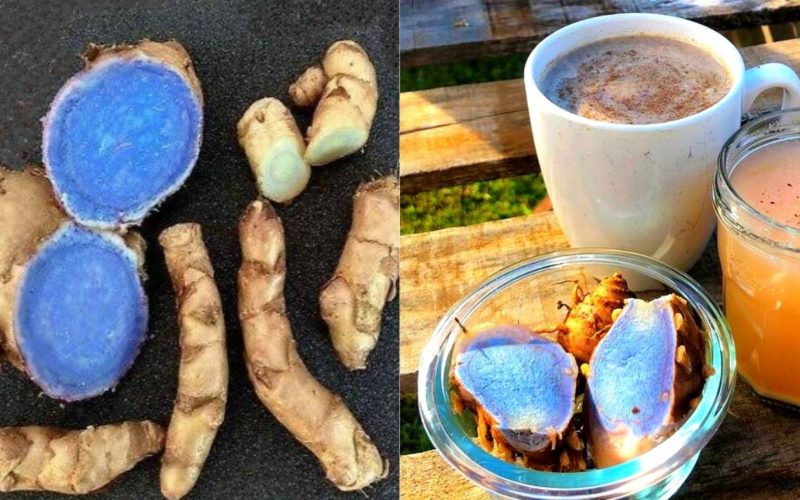Haldi has been a staple ingredient in many Indian kitchens and households. While the good old yellow turmeric is the star of all spices, have you ever seen of its blackish-blue cousin as well?
IFS officer Swetha Boddu shared pictures of black turmeric which left us intrigued. Also known as black zedoary, it is usually grown in North East India. Check it out:
Ever heard of Black Turmeric? Has lovely blue colour! Found on field inspection
It's rare, Ayurvedic. A powerful antioxidant, used in some cancers. Tons of other benefits. Costly too
Our #biodiversity is wonderful.
Choose local over hybrid pic.twitter.com/JnbGLBDhmF— Swetha Boddu, IFS (@swethaboddu) January 12, 2021
Kaali haldi comes from a perennial herb with reddish flowers. When its root is cut, blackish-blue ink colour is revealed.
This is #Ayurveda medicinal plant- Karchur (Curcuma zedoaria)
used in inflammation,Fever,Joint pain,skin disorder,Respiratory disorders,dyspepsia,vomiting, abdominal cramp,cough,works as aphrodisiac agent.helps in regularizing menstruation,urine disorders. #herbs #Deepadoc #herb https://t.co/YPJwoe6fcM pic.twitter.com/eyuaSgiQ98— Dr.Deepa Sharma (@deepadoc) January 13, 2021
Due to the presence of essential oils in it, the rhizome is characterised by a sweet smell.
For tribes in Manipur and several other states, the plant has a very special significance. The rhizome or root is crushed into a paste is applied to cuts and wounds like scorpion and snake bites. It controls bleeding and helps induce quick healing, as per NDTV.
The paste could also be administered to people suffering from gastric issues like dysentery and stomach aches.
Its scientific name is Curcuma caesia, and is categorized as a less-known, almost untouched drug. Traditional healers use the genus of the rare and costly Curcuma to treat various types of diseases owing to antioxidant and anti-fungal properties. It not only fights inflammation in the body, but also keeps infections away.
I wish I had this growing in my front yard!
(This content provides generic information only. It is not to be considered as a substitute for a medical opinion).




